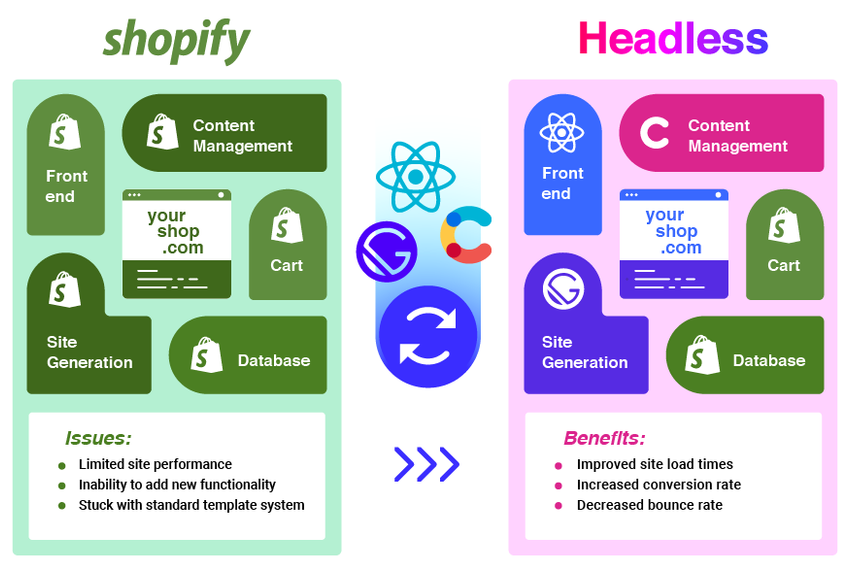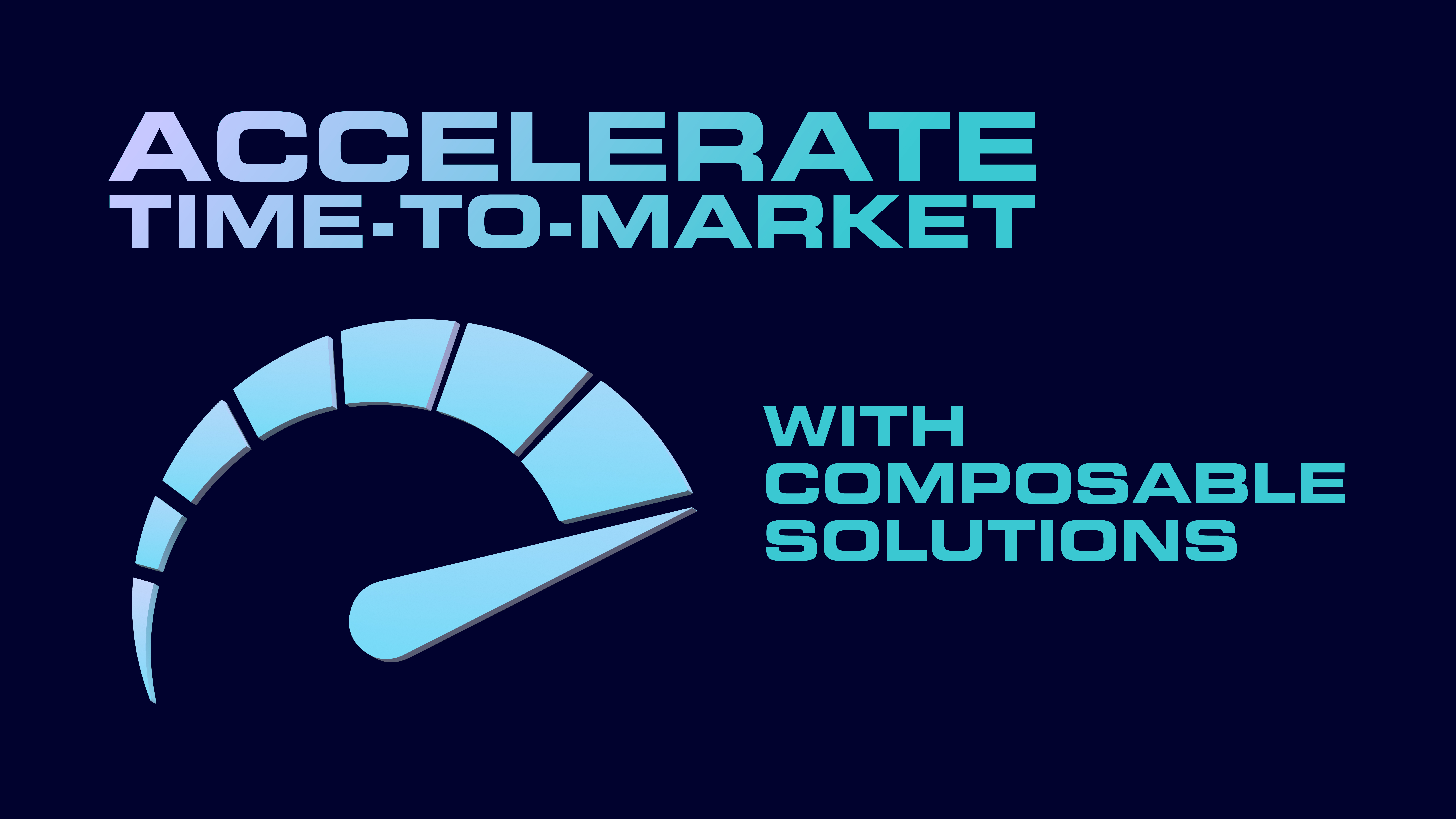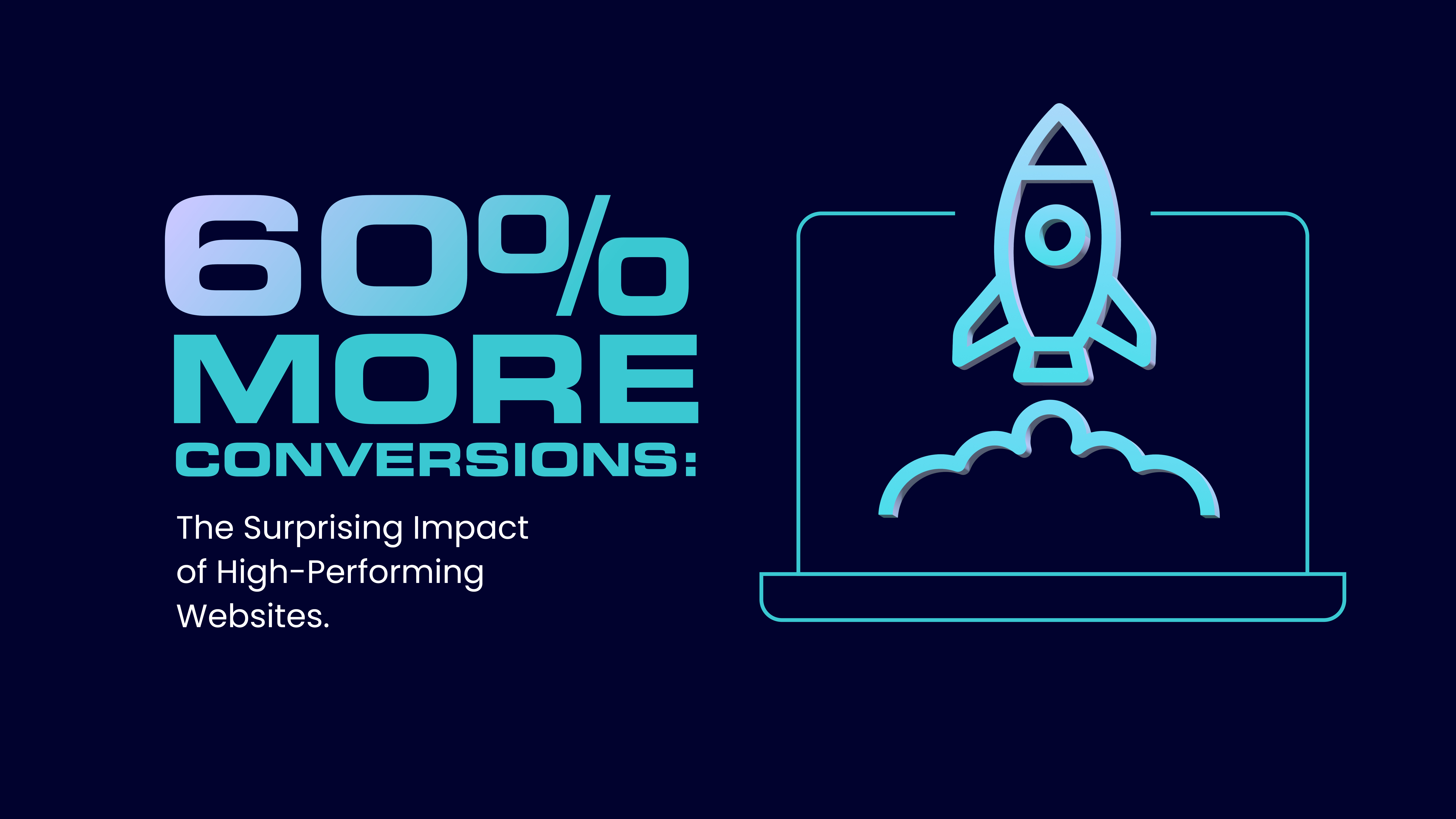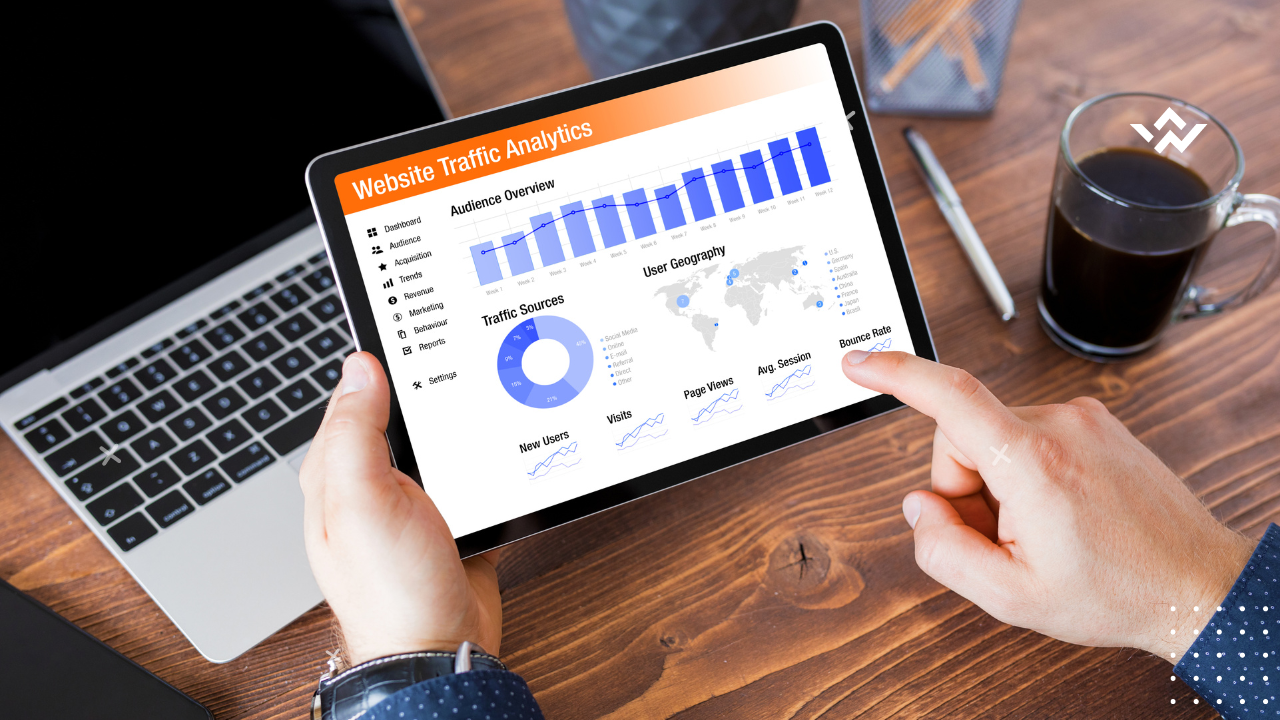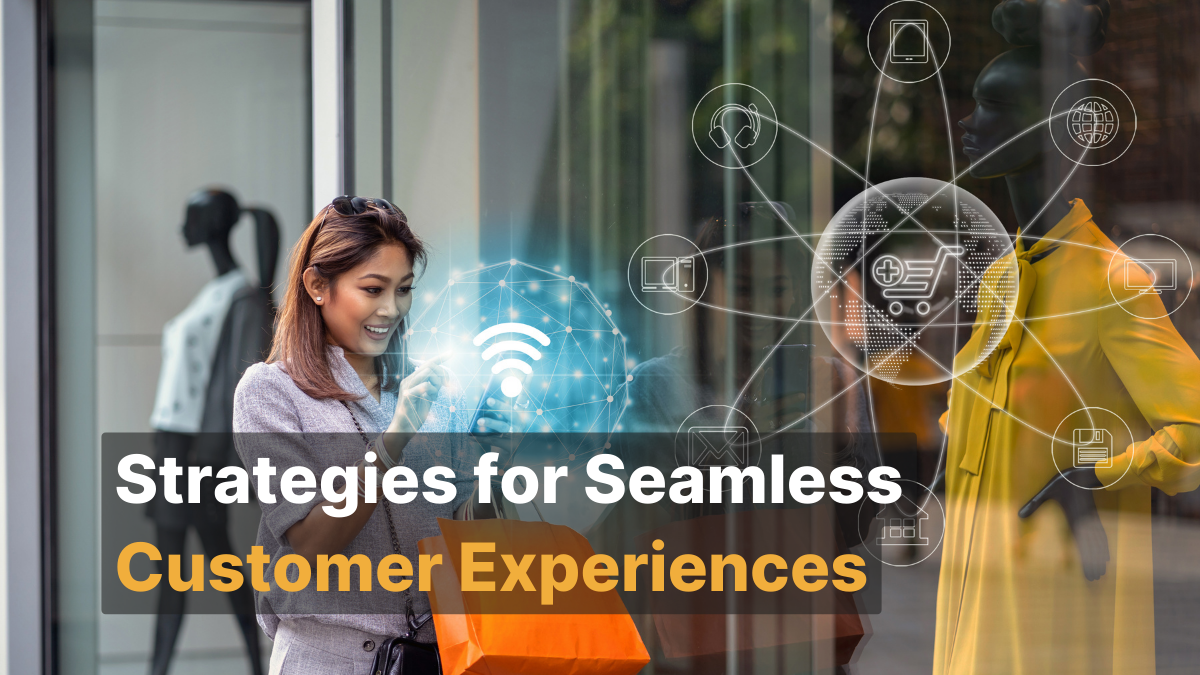
Going headless improves eCommerce performance
The landscape is changing in the ecommerce world. Headless conversions of ecommerce platforms are the new wave and future of ecommerce. I recently had the opportunity to sit down with Trevor Heath, Novvum’s VP of Product Development, to discuss what goes into headless conversions and why a business may want to pursue this path as part of their growth strategy.
Trevor explained that, at its most basic, headless conversions decouples the frontend content from the backend service on ecommerce platforms. In other words, the viewable content presented to your customer and the business/transaction layer (payment processing, shipping, inventory management, etc.) are completely independent of each other.
This gives businesses greater control of their UX and frees them from being forced into using canned themes. It also directly translates to faster site speed and an increase in conversion rates. Shopify and WooCommerce users are likely very familiar with this and understand that being chained to preset themes and outdated tech is not compatible with a growth strategy.
Headless conversions decouples the frontend content from the backend service on ecommerce platforms.
So is headless commerce the future?
Trevor thinks so: “As more and more companies move into this, it becomes the standard of competition.” Businesses are going to either adapt with the times to keep up with (or outpace) their competition, or see themselves passed over by platforms that are faster, more flexible and more easily managed.
And this is not limited to ecommerce platforms. According to Trevor, most content-driven platforms could see a benefit from going headless. Many of the large ecommerce companies, such as Nike and Warby Parker, have already made the move to a headless platform.
It seems like every ecommerce business out there should be looking to execute a headless conversion. However, Trevor cautions against this mindset and explained to me that there is risk inherent in this process due to the high level of tech involved in the build. Incidentally, this is also a reason why a business looking to go through this conversion should make sure that they have a team and a strategy that are both aligned with the goals and requirements of your business.
I asked Trevor when a company should pull the trigger and go headless and he said that “The companies we see having the most success with this are probably going to be companies that are at a certain amount of revenue and they kind of hit a slow down in their conversion rate growth, and they’re really looking to hone-in their cost of customer acquisition and improve their ROAS (return on ad spend) and really nail down the experience of a user who lands on their site….all the way through checkout”.
Companies that are currently doing $3-10M in annual revenue (or are in a growth phase but no longer seeing value in their current ecommerce platform) and content-driven sites with large user bases are prime to make a change and start riding the benefit of a headless site.
I believe that headless ecommerce can benefit my business. Now what?
Like most things in life, the key to successful outcomes with a headless conversion is dependent on a successful process. At Novvum, this process is rooted in our technological expertise as well as how we work with our clients to understand their business and their goals. It is crucial for engineers to have the necessary experience to allow them to analyze and understand the code base, anticipate how infrastructure and frameworks changes will impact business operations, and ensure that upgrades will be fully integrated.
I asked Trevor how this approach works in practice and he said that “we come in as a partner, we try to really understand how the business works. We think creatively around ecommerce as if it was a platform, and we built it specifically for that business. And we try to become as much of domain experts as we can by going through some discovery and really learning about your process, taking those learnings, looking at your analytics, understanding your current conversion rates, where you're having issues, really understanding your product catalogs, what type of variants you're looking at what type of skews and just trying to come up with the right strategy so that this can be implemented.
Once that right strategy is in place, we have a lot of already built custom tools that help us take that project and execute it on and execute on it quickly. And then on top of that, we really like to take a focus on incremental testing and adoption. And what I mean by that is, maybe we launch a headless version of a few landing pages, test them for performance, try to understand the end, increase in conversion, and site speed, and all these different metrics. And then slowly consume the rest of the site until we potentially rebuild the entire theme into a new, shiny, awesome, headless, converted ecommerce site and, and really just taking you all the way from that ideation phase, all the way through to the development phase, and then continue it into the what I like to call experimentation phase or like, some say maintenance, but really, it never ends.”
Jaxxon saw significant improvement in site speed and performance. They also saw their bounce rate cut in half and their conversion rate jump by over 60%.
Whether you are ready for it or not, the future of ecommerce is here. Novvum has the experience, skillset, and process to make sure that your business doesn’t get left behind. We recently completed a headless conversion for Jaxxon, the popular men’s jewelry retailer.
Aside from the customized look and feel that came with the conversion, Jaxxon saw significant improvement in site speed and performance. They also saw their bounce rate cut in half and their conversion rate jump by over 60%. Additionally, we were able to make changes to their product inventory management process. By simply giving them the ability to bulk edit their inventory (which they were unable to do on their Shopify site), they saved almost 20 hours per week of inventory management.
Every company may not be Jaxxon, but every company can explore how a headless conversion can change the game and propel your business forward.
